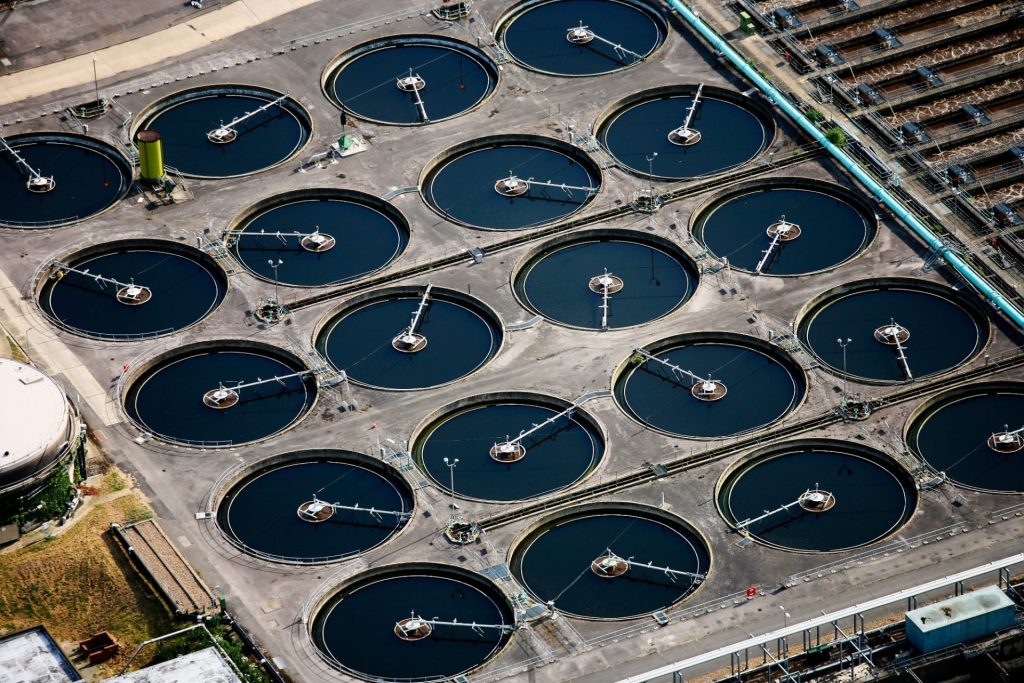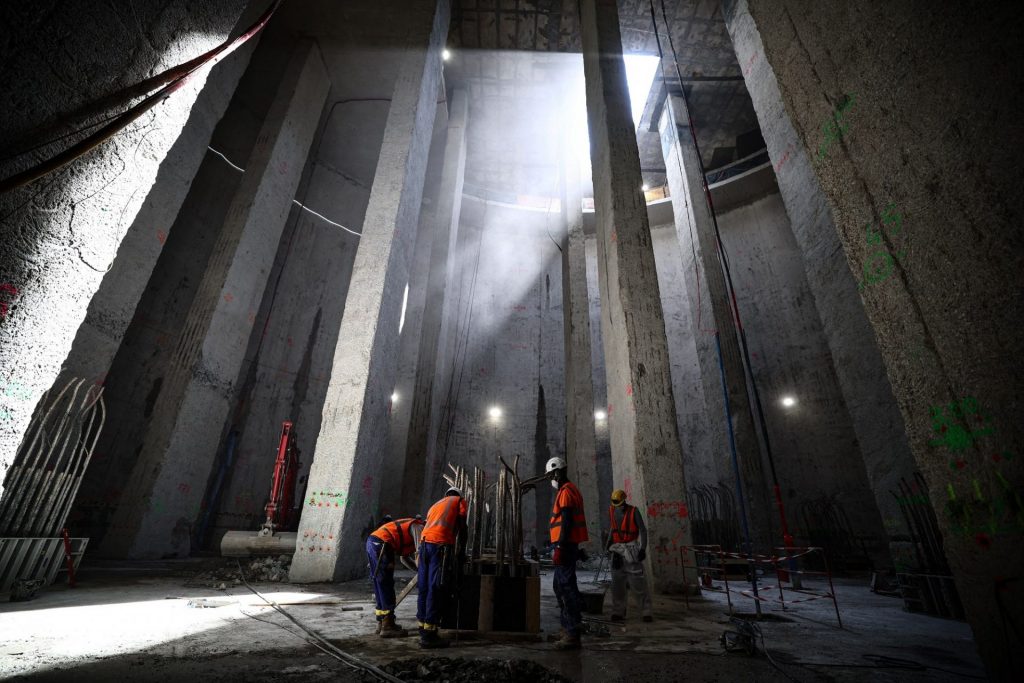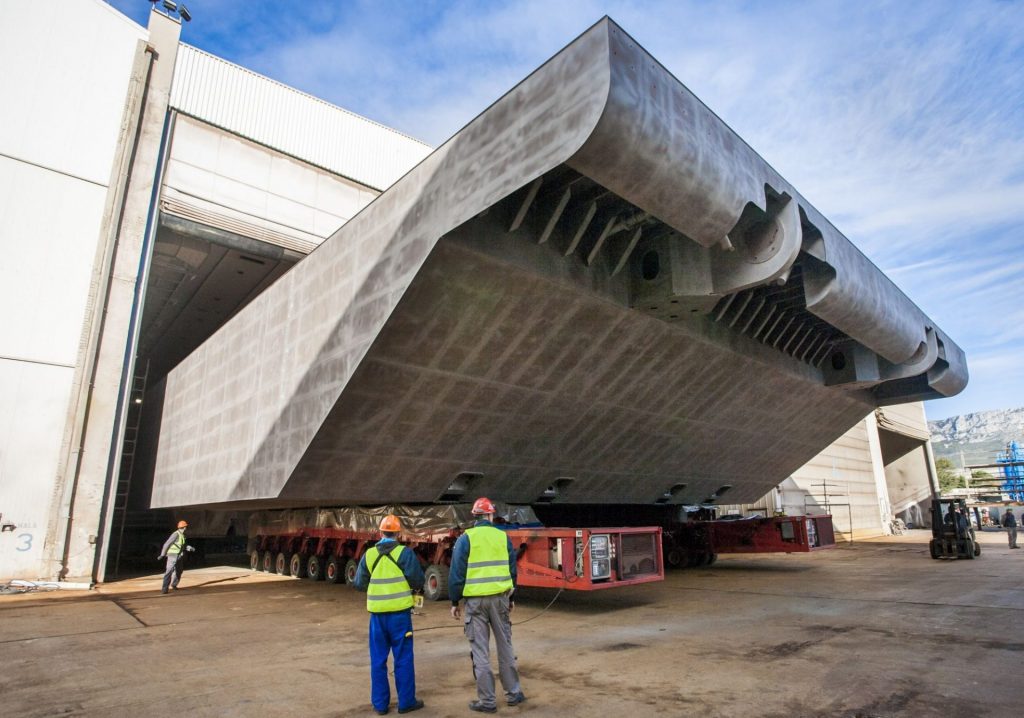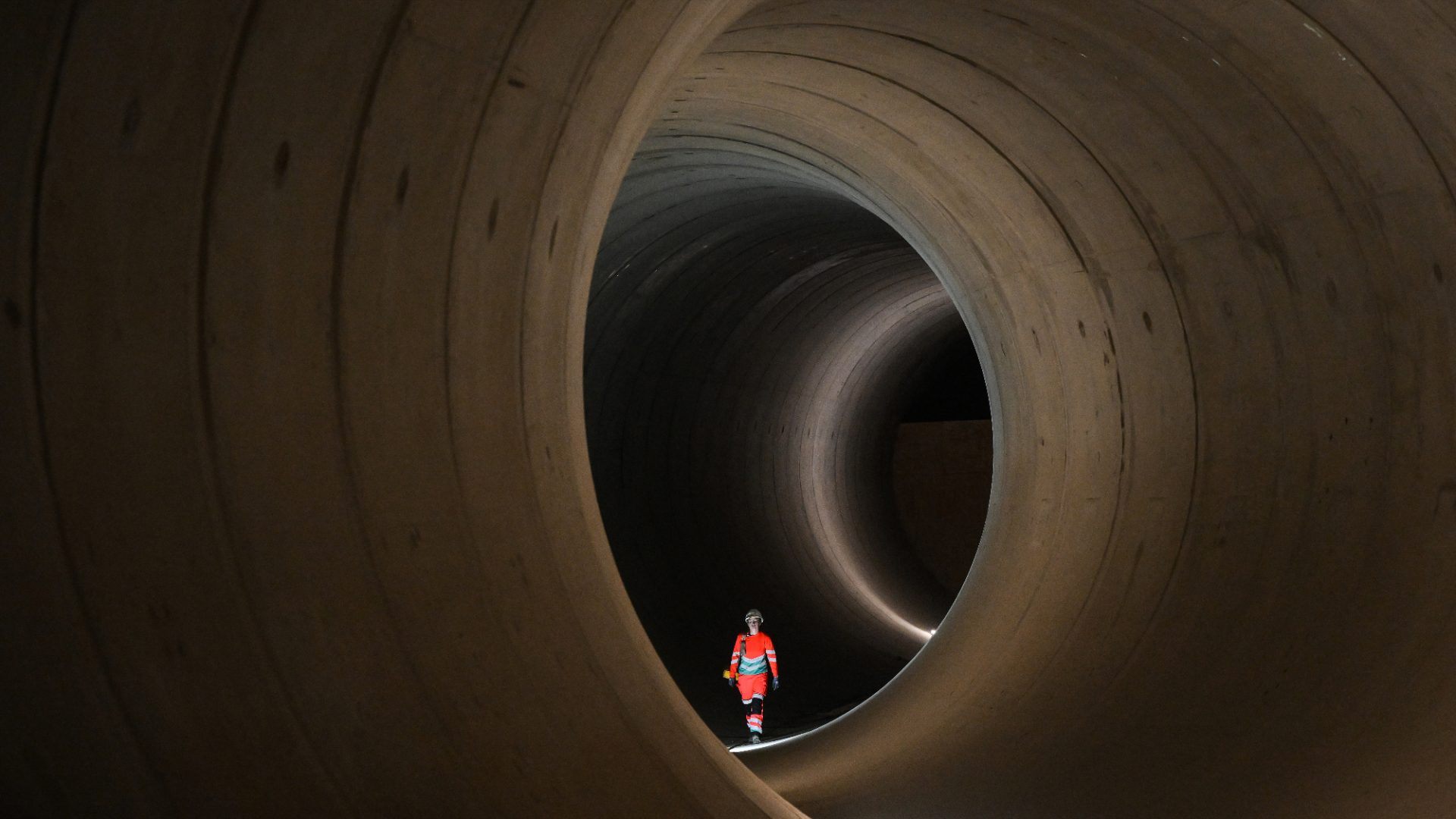In the past 30 years, floods have affected 5.5 million people in Europe, caused 3,000 deaths and more than €170bn in damage.Engineers across the continent are now being challenged to make flooding-prone areas more resilient to the changing climate.
Noting the damage already done and out of fear of the amount of destruction the world’s climate could wreak, the EU has taken it upon itself to act. In August, the commission announced a €1bn funding package as part of its Solidarity Fund, to provide aid for areas heavily affected by torrential storms. There is now also an EU Floods Directive, setting out how to assess and map flood risk.
Alberto Montanari, a professor from the University of Bologna who leads on climate change, says that flood-prone regions are moving away from traditional hard infrastructure, such as barriers or pipelines, to using softer “nature-based” techniques. “Instead of using the infrastructure to try to divert a large volume of water away from communities, over the last 15 years we have moved forward with nature-based solutions in Italy to try to drain water into the ground,” he said.



Techniques for achieving this include soakaways, grassed areas and wetlands. Other experiments have been taking place to make other hard infrastructure, such as pavements and car parks, permeable, allowing them to drain surface water.
These mirror other innovations taking place across Europe and the continent tries to find new ways to drain, purify and make the best use of this precious resource in the 21st century, from the kind of supersewers that helped Paris stage Olympic events in the Seine to plants that aim to use wastewater to power industry.
To hold back the flood tides, nature-based solutions like the cultivation of wetlands and river plains are ecologically desirable. But these are not always possible – sometimes the only answer is “hard infrastructure”. A number of French and Polish flood defence techniques involve the use of steel sheet piles for flood defences, to reinforce dyke and river embankments and prevent coastal erosion.
But spending large amounts of money on infrastructure projects isn’t always the answer. According to Nigel Wright, professor of water and environmental engineering at the University of Birmingham: “When I was in Bosnia, there were a lot of concrete channels, and the river – in the end – got out of the concrete channel.” The flow of water was so intense, he said, that eventually “it cracked the concrete”.
When building any form of climate resilience into a region, Wright recommends what engineers call “the no-regret solution”, taking into account the needs of the present, while leaving open as many options as possible to deal with unpredictability in the future. “It’s a bit difficult as a consultant, because you’re admitting that what you do may not be the answer, but you have to make sure that if you do need to do a bit more later on, you’re not stuck,” he said.
In extreme circumstances, regions in Europe that are prone to extreme weather are considering the last resort – a managed withdrawal of populations to less environmentally volatile places. Montanari says this idea has even been proposed for Bologna. As a solution, it would be enormously problematic for a city of 400,000, with one million in the metropolitan area. But then there are several canals beneath the city. And this problem is not going away.



